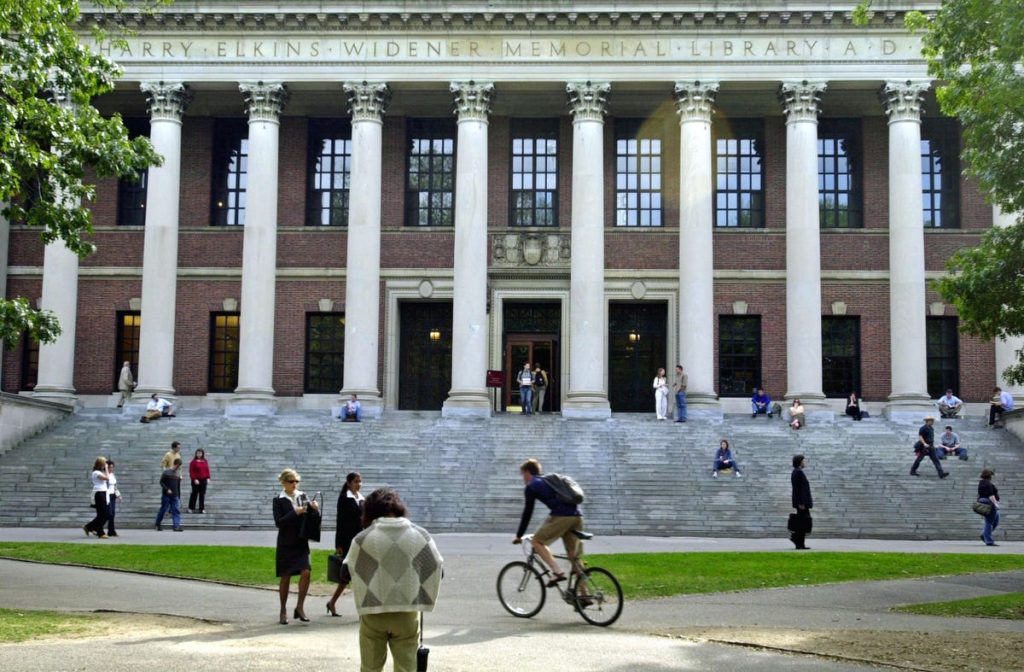In the absence of affirmative action, how will colleges make their admissions processes more equitable?
As higher education anticipates the Supreme Court’s decision on affirmative action, researchers, administrators, students, and education reporters have spent the last year seeking to answer this question. They have speculated about various elements of the college application process that contribute to inequality and a lack of diversity on college campuses. With many expecting that the Supreme Court will rule against race-conscious admissions, the conversation has turned to the more innocuous ways that racial biases factor into admissions practices. In the process, commentators have pointed the finger at nearly every component of the college application as a source of racial and socioeconomic bias.
In a recent opinion piece for Inside Higher Ed, Pearl Lo suggests that colleges should limit the number of extracurriculars included on a student’s application, noting that race and class play a role in the number of extracurriculars a student may have the opportunity to participate in. Challenging curriculum such as Advanced Placement has also been critiqued for its inability to close racial and socioeconomic gaps, with some arguing that these programs even widen those gaps. Standardized testing has also been criticized for decades for perpetuating racial inequality in the admissions process.
Each of these studies demonstrates that the individual components of college applications possess significant flaws, and therefore privileging any one of them has the potential to exacerbate inequity and disadvantage marginalized groups. However, if colleges and universities truly embrace holistic admissions and aim to understand the shortcomings of each component of the application, they have the potential to view students as whole people and combat implicit biases in admissions.
Many top schools already claim to implement such a review process—Harvard, for instance, promises “a wide-ranging review of every aspect of each applicant’s background and experience.” However, many justifiably question whether a school whose application pool tops 60,000 could conduct such a personalized review for each one. As Jeffrey Selingo noted in The New York Times: “Since nearly all these selective colleges promise that applicants will get a holistic review, not one based only on grades or a test score (if submitted), their admissions staffs are under pressure to wade through a rising pile of applications — with their essays, recommendations and laundry lists of activities — in the same amount of time as before.”
The key to holistic admissions is not in the unrealistic expectation that admissions officers will be able to truly evaluate every aspect of a student’s background, but instead that they will see the student as the sum total of their submitted materials rather than simply a data point. Instead of seeking to find a perfectly equitable metric for evaluating a student’s candidacy, admissions committees must recognize the shortcomings inherent in each component of the application and regard the application as a whole rather than privileging its parts.
A central component of holistic admissions requires admissions officers to regard an applicant’s materials in context—for instance, if the school did not offer AP courses, did the student seek out other ways to challenge themselves in the classroom with the curriculum available to them? Perhaps the student couldn’t afford to attend a prestigious summer program—did they find ways to get involved in their community or pursue their interests outside of a merit-based program?
Holistic reviews provide an opportunity to evaluate applicants based on their personal achievements and demonstrated potential, rather than relying solely on standardized metrics that may disproportionately favor certain groups. Recognizing that the playing field is not level and therefore no two students will have had access to the same opportunities allows admissions officers to measure a student’s candidacy against their own potential rather than against the achievements of other students who may have had significantly more access, opportunity, and funds available to them.
Whether the Supreme Court rules in favor of or against race-conscious admissions, holistic reviews enable institutions to create diverse student bodies, identifying the potential of each student regardless of their circumstances. Embracing this approach will not only benefit individual applicants but will also contribute to the overall strength and vibrancy of academic institutions and pave the way for a more equitable and diverse future in higher education.
Read the full article here










